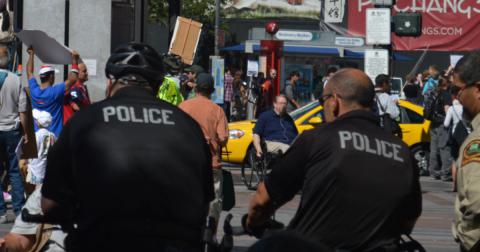Earlier this week, KOMO News published an article on a new initiative that was filed with the Secretary of State on May 20, 2016. Initiative 873 seeks to change the law regarding use of force by removing the phrase “without malice and with a good faith belief” from the existing statute.
Today the law reads “A public officer or peace officer shall not be held criminally liable for using deadly force without malice and with a good faith belief that such act is justifiable pursuant to [RCW 9A.16.040].”
If the initiative passes, the law will read “A public officer or peace officer shall not be held criminally liable for using deadly force if such act is justifiable pursuant to [RCW 9A.16.040].”
I know that there are police officers who act beyond their authority and use more force than necessary. That is unacceptable.
These officers give the vast majority of their colleagues a bad reputation that is largely undeserved. Our police officers are here to protect us and keep us safe. They are required to make split-second decisions, even assumptions, about what somebody is going to do. They must act in the way that best protects you, me, and our neighbors.
By removing requirements that can’t be proven beyond a reasonable doubt, the proposed change to the law makes it easier for us to hold those few bad officers accountable for their actions. However, we must not place an undue burden on our officers to determine whether or not their actions are justified.
We should not continue to ask our officers to think when they barely have time to react and we, as civilians, are not held to the same, high standard.
Even the legislature acknowledged this double standard when it passed the law in 1986. Rather than maintain the dual standard, we should apply the simplified standard in RCW 9A.16.050 to officers and civilians alike. This single standard will enable officers to use force to prevent the subjection of any person to great personal injury or any other felony.
It is time for RCW 9A.16.040 to go. Initiative 873 is a step in the right direction, but it only addresses half of the problem.
